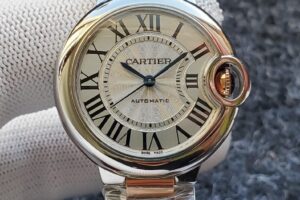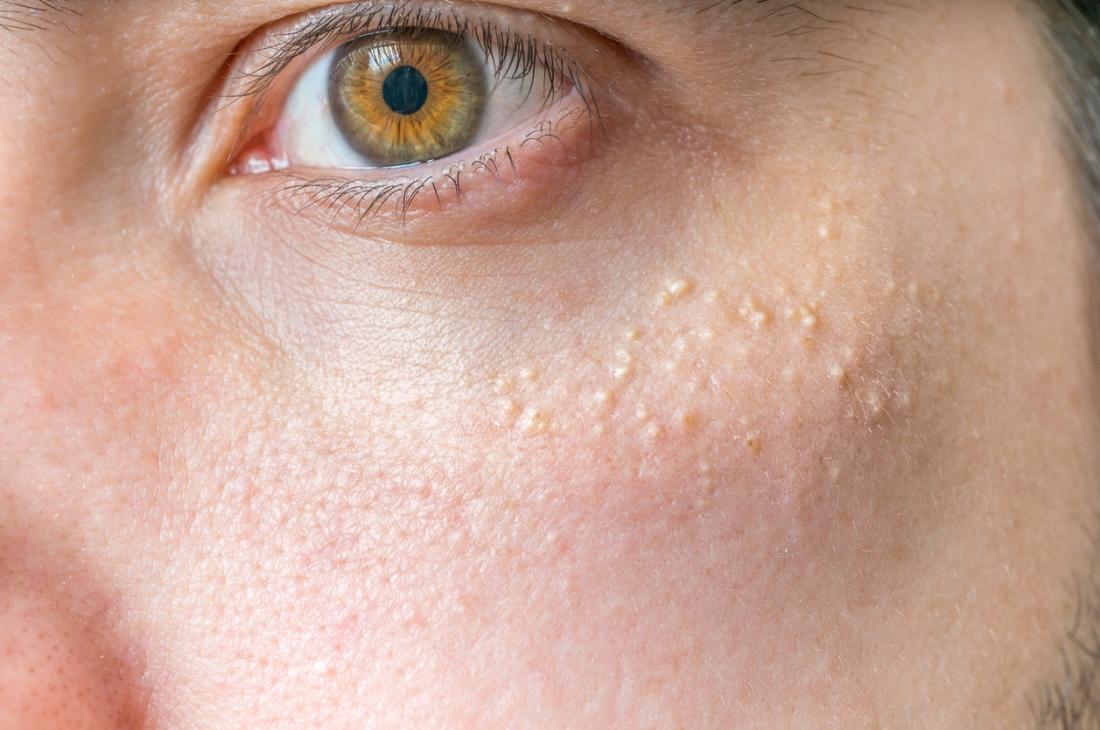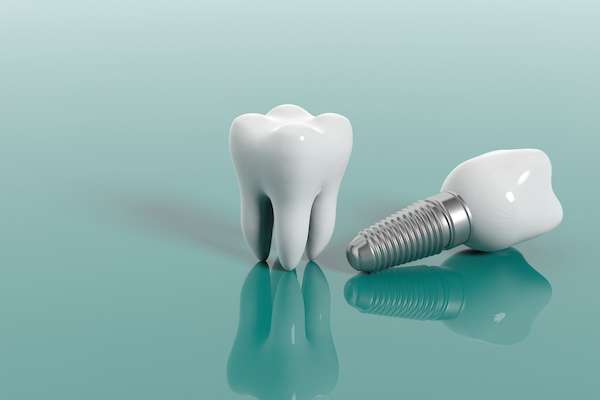Have you ever noticed tiny, pearly white bumps on your skin that seem to appear out of nowhere and refuse to go away? These little white bumps are called Milialar , and while they are usually harmless, they can be quite frustrating. In this comprehensive guide, we’ll explore what causes milia and discuss various methods for treating and preventing these stubborn skin blemishes.
Understanding Milialar
Milialar , often referred to as “milk spots” or “oil seeds,” are small, raised cysts that commonly develop on the face, but can also appear on other parts of the body. They are typically white or yellowish and range in size from a pinhead to a small grain of sand. Milia are often mistaken for whiteheads, but they are quite different.
Unlike whiteheads, which occur when pores become clogged with oil, dead skin cells, and bacteria, milia are not related to the hair follicles or sebaceous glands. Instead, they form when keratin, a protein found in the outer layer of the skin, gets trapped beneath the surface. This trapped keratin forms a tiny cyst that presents itself as a white or yellow bump.
What Causes Milialar ?
Understanding the causes of Milialar is essential for effective treatment and prevention. Several factors can contribute to the development of milia:
1. Skin Care Products:
Using heavy or oil-based skin care products can trap dead skin cells and keratin, leading to the formation of Milialar . It’s important to choose non-comedogenic (non-pore-clogging) products if you’re prone to milia.
2. Excessive Sun Exposure:
Prolonged exposure to the sun’s harmful UV rays can damage the skin, making it more prone to Milialar . Sunscreen is essential in preventing both milia and other sun-related skin issues.
3. Skin Trauma:
In some cases, Milialar can develop as a result of skin trauma, such as burns, blisters, or rashes. The healing process may involve the formation of these tiny cysts.
4. Genetics:
Some individuals are genetically predisposed to developing Milialar . If other family members have experienced milia, you may be more susceptible.
5. Topical Steroids:
The long-term use of topical steroids can weaken the skin’s structure, making it more likely for Milialar to develop.
6. Aging:
As we age, our skin’s natural exfoliation process may slow down, increasing the likelihood of Milialar formation.
7. Lack of Proper Skin Hygiene:
Inadequate skin cleansing can lead to the buildup of dead skin cells, which can contribute to Milialar formation.
How to Treat Milialar
If you’re dealing with Milialar , you’re probably wondering how to get rid of these little white bumps. Fortunately, there are several treatment options available, ranging from at-home remedies to professional interventions:
1. Exfoliation:
Gentle exfoliation with a mild exfoliating cleanser can help remove dead skin cells and promote the natural shedding of Milialar . Be cautious not to over-exfoliate, as this can exacerbate the issue.
2. Topical Retinoids:
Retinoid creams or serums containing ingredients like retinol can be effective in promoting skin cell turnover and preventing Milialar . These products should be used under the guidance of a dermatologist.
3. Warm Compress:
Applying a warm, damp cloth to the affected area can soften the skin and help the Milialar come to the surface. Once the milia are closer to the surface, they may be more easily extracted.
4. Professional Extraction:
If Milialar persist or are particularly stubborn, it’s best to consult a dermatologist or skincare professional. They can perform a sterile extraction using specialized tools to remove the cysts safely.
5. Chemical Peels:
Chemical peels, administered by professionals, can help exfoliate the skin and improve its texture. This treatment can be effective in preventing Milialar and other skin issues.
6. Laser Therapy:
In some cases, laser therapy may be recommended to target and remove Milialar . This option is typically reserved for severe or persistent cases.
7. Microdermabrasion:
Micro derma brasion is a non-invasive procedure that uses tiny exfoliating crystals to remove the outer layer of skin. It can be effective in improving skin texture and reducing milia.
Preventing Milialar
Prevention is often better than treatment when it comes to Milialar . Here are some tips to help prevent the development of milia:
1. Choose the Right Skincare Products:
Opt for non-comedogenic and oil-free skincare products that won’t clog your pores.
2. Sun Protection:
Always use sunscreen with broad-spectrum SPF when exposed to the sun. Sunscreen not only prevents milia but also protects your skin from other sun-related issues.
3. Gentle Exfoliation:
Incorporate gentle exfoliation into your skincare routine to encourage the natural shedding of dead skin cells.
4. Regular Cleansing:
Properly cleanse your skin daily to remove makeup, dirt, and dead skin cells.
5. Avoid Home Extractions:
Refrain from attempting to squeeze or pop Milialar at home, as this can lead to infection and scarring.
6. Consult a Dermatologist:
If you’re prone to Milialar or have persistent milia that won’t go away, consult a dermatologist for guidance on proper skincare and treatment options.
Conclusion
Milialar can be a pesky and persistent skin concern, but with the right approach, they can be managed and prevented. Understanding the causes of milia and adopting proper skincare practices are key steps in maintaining clear and healthy skin. If you’re struggling with milia, don’t hesitate to seek professional advice from a dermatologist who can recommend the most suitable treatment options for your specific needs. With patience and the right skincare routine, those little white bumps can become a thing of the past, leaving your skin looking smooth and radiant.




